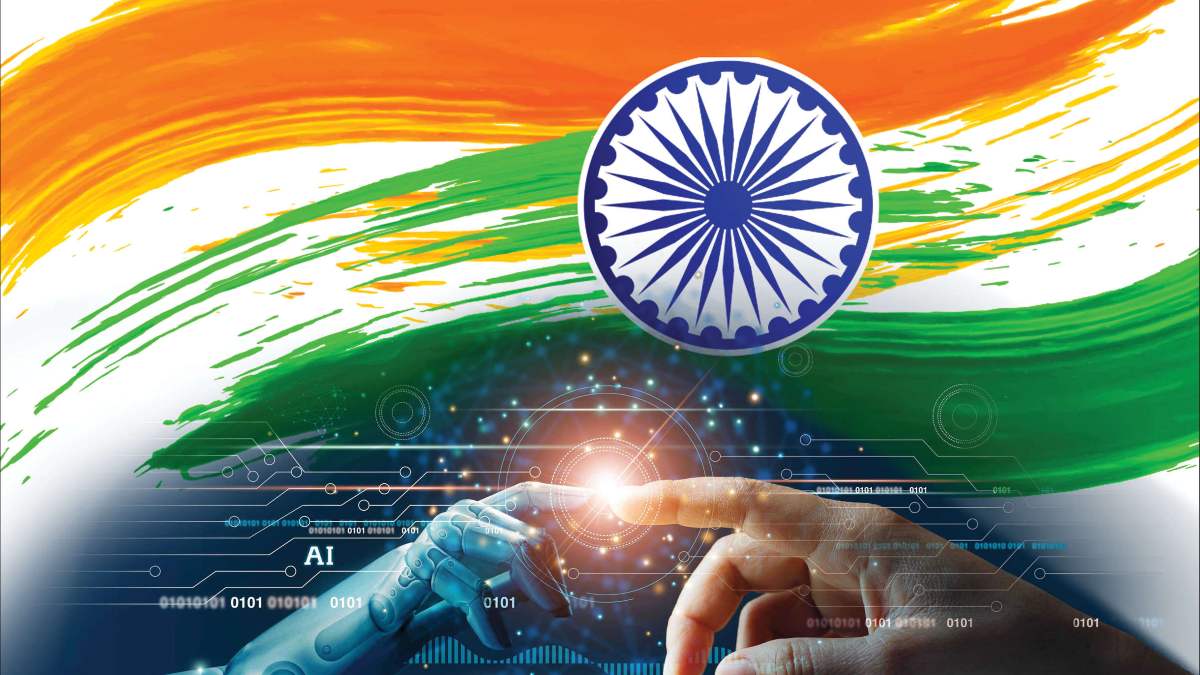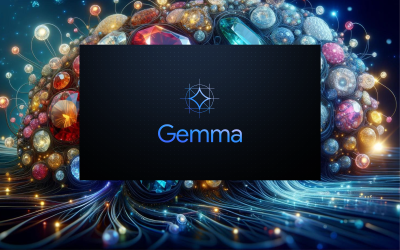OpenAI recently released an update on their blog titled "Sora First Impressions," providing insight into the future of their platform, Sora. The update showcases numerous videos that demonstrate the various use cases for Sora, as well as news about the company's plans and partnerships. This review aims to provide you with all the essential details, so you can stay updated on the release of Sora and its potential impact on the creative industry.
Sora, according to OpenAI, is at its most powerful when used by creatives and artistic individuals to bring new and impossible ideas to life. The platform offers an opportunity to integrate Sora into creative workflows and explore its potential in daily life. OpenAI has given priority access to creatives, allowing them to push the boundaries and revolutionize the movie industry.
For example, Sora could be used for prev visualization techniques in the film industry, enabling filmmakers to create lower quality videos before shooting high-quality films. It could also serve as a last-minute backdrop for background footage. With continuous improvements in future versions, Sora has the potential to become an industry standard tool.
CGI has always been an expensive and time-consuming process in the film industry. Sora, as a text-to-video tool, eliminates the need for expensive CGI teams, 3D modeling, rendering, and other resource-intensive processes. This opens up new avenues for creative expression and empowers filmmakers to quickly visualize projects that were once limited by budgetary constraints.
With Sora, filmmakers can ideate and experiment in bold and exciting ways without restrictions. The tool allows for a level of creative expression previously unattainable, giving rise to unique and surreal storytelling. It provides a cost-effective solution for independent filmmakers and musicians who often struggle with budgetary constraints.
OpenAI has showcased several examples of Sora's capabilities through videos created by various artists and filmmakers. These examples highlight the potential of the platform and its ability to generate realistic and imaginative content.
One example includes a short film by SkyKids, a multimedia production company based in Toronto. Sora enabled them to expand on stories that were once thought impossible. The film features a man with a balloon for a head, offering a unique and surreal perspective on life.
Another example features an artist, Paul Trilo, who experienced a newfound creative freedom while using Sora. He praised the platform for allowing him to explore creative concepts and iterate rapidly, without the constraints of time, money, or other people's permission.
Native, a creative agency from LA, California, also utilized Sora to visualize concepts and iterate on creative ideas for brand partnerships. The co-founder emphasized that budgetary constraints no longer have to hinder creative storytelling.
Sora's potential extends beyond filmmaking, as demonstrated by Alexander Rubin, an artist who used Sora as a starting point to develop 3D sculptures. This showcases the versatility of the platform and its potential application in various artistic fields.
OpenAI is actively pursuing partnerships in the entertainment industry, including collaborations with Hollywood film studios, directors, and talent agencies. The company aims to encourage filmmakers to integrate Sora into their work and transform the way stories are told.
While Sora's current compute-intensive nature may limit its wider release, it is expected to make a significant impact in the industry. As OpenAI continues to develop proprietary models and improve Sora's capabilities, it has the potential to become an industry-standard tool for filmmakers, musicians, and creatives across various disciplines.
In addition to the impressive examples mentioned above, OpenAI has released TikTok videos that demonstrate Sora's capabilities. These videos showcase realistic interiors of houses, imaginative hybrid creatures, and other visually stunning content.
As Sora continues to evolve, we can anticipate even more remarkable advancements in AI-generated content. With the potential for higher resolutions and improved rendering techniques, Sora has the power to revolutionize the creative industry and level the playing field for aspiring artists.
OpenAI's Sora represents a significant step forward in the field of AI-generated content. Its ability to unleash creativity, eliminate budget constraints, and revolutionize industries such as film, music, and art is awe-inspiring. While the platform is currently in its early stages, the potential for growth and improvement is immense.
As Sora continues to make waves in Hollywood and beyond, we can expect OpenAI to redefine the boundaries of what is possible in the creative industry. Whether it's visualizing concepts, experimenting with new ideas, or pushing the limits of imagination, Sora offers a glimpse into the future of content creation.





